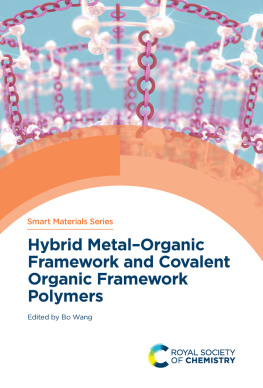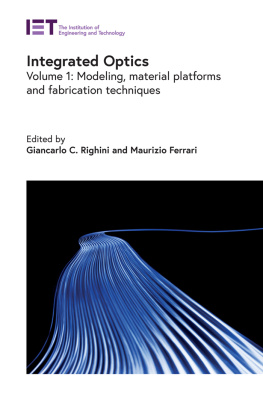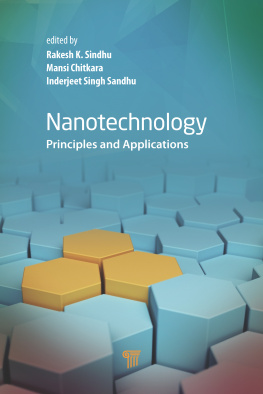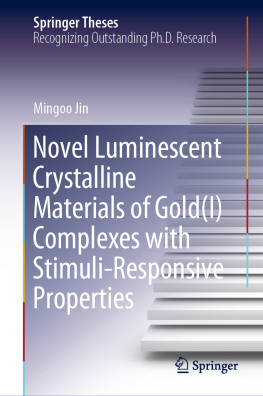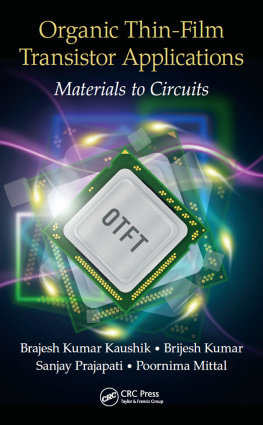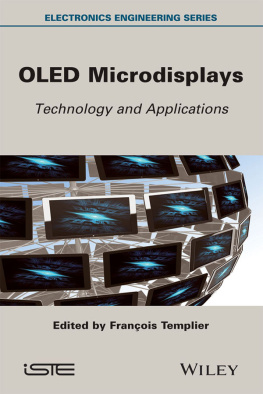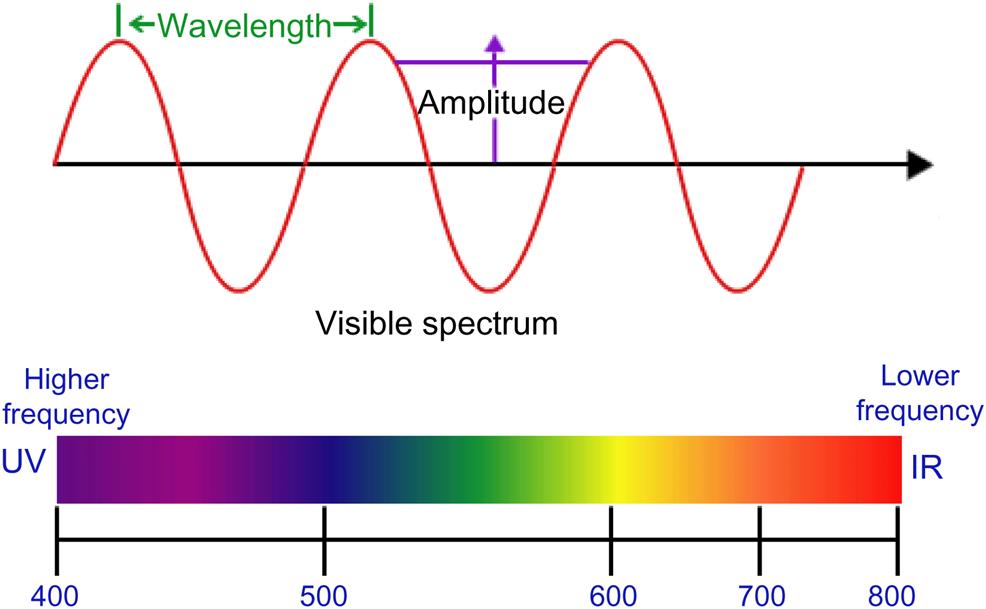N. Thejo Kalyani - Principles and Applications of Organic Light Emitting Diodes (OLEDs)
Here you can read online N. Thejo Kalyani - Principles and Applications of Organic Light Emitting Diodes (OLEDs) full text of the book (entire story) in english for free. Download pdf and epub, get meaning, cover and reviews about this ebook. year: 2017, publisher: Woodhead Publishing, genre: Romance novel. Description of the work, (preface) as well as reviews are available. Best literature library LitArk.com created for fans of good reading and offers a wide selection of genres:
Romance novel
Science fiction
Adventure
Detective
Science
History
Home and family
Prose
Art
Politics
Computer
Non-fiction
Religion
Business
Children
Humor
Choose a favorite category and find really read worthwhile books. Enjoy immersion in the world of imagination, feel the emotions of the characters or learn something new for yourself, make an fascinating discovery.

- Book:Principles and Applications of Organic Light Emitting Diodes (OLEDs)
- Author:
- Publisher:Woodhead Publishing
- Genre:
- Year:2017
- Rating:5 / 5
- Favourites:Add to favourites
- Your mark:
Principles and Applications of Organic Light Emitting Diodes (OLEDs): summary, description and annotation
We offer to read an annotation, description, summary or preface (depends on what the author of the book "Principles and Applications of Organic Light Emitting Diodes (OLEDs)" wrote himself). If you haven't found the necessary information about the book — write in the comments, we will try to find it.
Principles and Applications of Organic Light Emitting Diodes (OLEDs)explores the ways in which the development of organic semiconductor materials is opening up new applications in electronic and optoelectronic luminescent devices.
The book begins by covering the principles of luminescence and the luminescent properties of organic semiconductors. It then covers the development of luminescent materials for OLEDs, discussing the advantages and disadvantages of organic versus inorganic luminescent materials. The fabrication and characterization of OLEDs is also covered in detail, including information on, and comparisons of, vacuum deposition and solution techniques.
Finally, applications of OLEDs are explored, including OLEDs in solid-state lighting, colored lighting, displays and potential future applications, such as ultra-thin and flexible technologies.
This book is an excellent resource both for experts and newcomers to the field of organic optoelectronics and OLEDs. It is ideal for scientists working on optical devices, lighting, display and imaging technologies, and for all those engaged in research in photonics, luminescence and optical materials.
- Provides a one-stop guide to OLED technology for the benefit of newcomers to the field of organic optoelectronics
- Comprehensively covers the luminescent properties of organic semiconductors and their development into OLED materials
- Offers practical information on OLED fabrication and their applications in solid-state lighting and displays, making this essential reading for optoelectronics engineers and materials scientists
N. Thejo Kalyani: author's other books
Who wrote Principles and Applications of Organic Light Emitting Diodes (OLEDs)? Find out the surname, the name of the author of the book and a list of all author's works by series.

